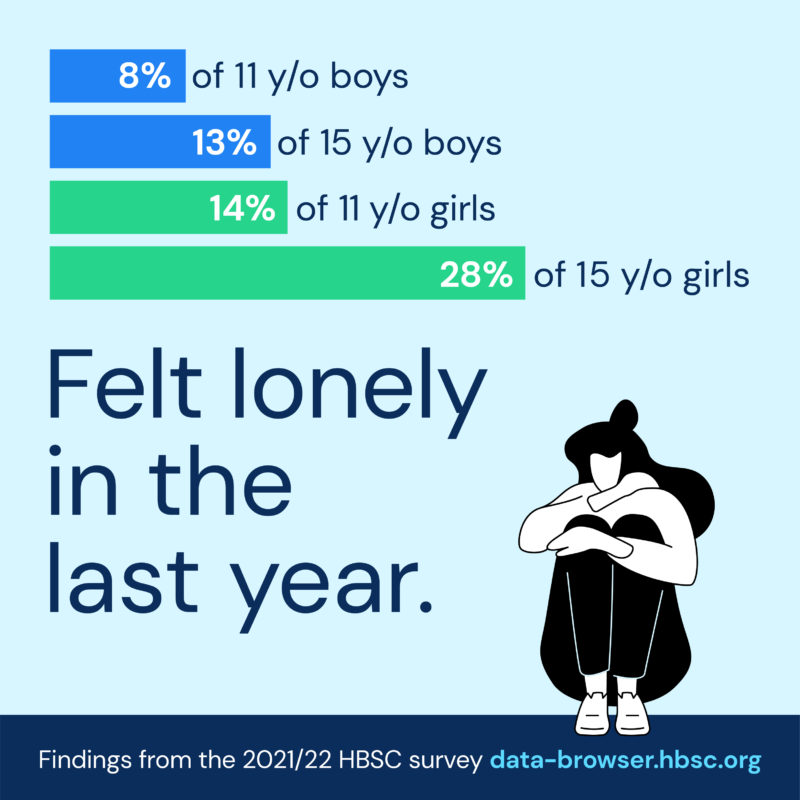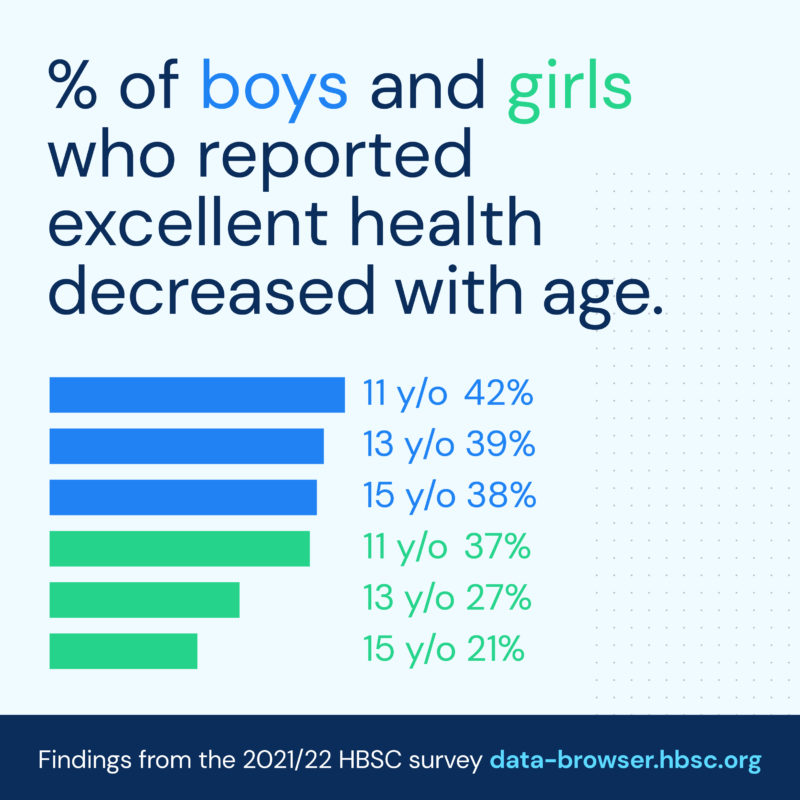Topic
Mental health
Adolescence, a dynamic and transformative period of life, sets the stage for encounters with novel experiences, emotions, and social dynamics. This crucial phase bridges childhood to adulthood, embedding layers of cognitive, emotional, and social developments that significantly influence life paths. It is a time teeming with possibilities, yet also fraught with challenges, as young individuals navigate through a sea of new emotions, peer interactions, and academic pressures.
Mental health in adolescence is a multifaceted entity, transcending the experiences of individual symptoms and enveloping aspects of positive well-being, including life satisfaction, self-efficacy, and overall emotional health. Not only is it about negotiating through negative emotions and stressors, but also about fostering environments that promote healthy mental and emotional development, affirming their experiences and facilitating spaces that empower them to navigate through their mental health journey with resilience.
These formative years carve out significant footprints that shape their adult lives. Understanding this nexus of experiences, emotions, and psychological well-being demands an encompassing view that acknowledges both the struggles and triumphs residing within adolescent mental health. The kaleidoscope of their experiences, the positive facets, and the challenges, reflect complex interactions that leave a lasting impact, sculpting their future well-being and life outcomes, underpinning the vital importance of acknowledging, understanding, and supporting adolescent mental health and well-being across varied contexts and environments.
Select one of the indicators below to view data.
Key Findings
Volume 1A focus on adolescent mental health & well-being

- Girls reported worse outcomes for mental health and well-being than boys across all outcomes included in the 2021/2022 Health Behaviour in School-aged Children (HBSC) survey.
- An increasing gender difference with age was observed for all the indicators examined.
- The proportion of adolescents who reported excellent health decreased with age. More boys than girls reported excellent health at ages 13 and 15 in nearly all countries and regions.
- Life satisfaction and mental well-being were higher among boys than girls across all three age groups in most countries and regions.
- Adolescents from more affluent families reported higher levels of life satisfaction and mental well-being across almost all countries and regions.
- Life satisfaction and self-rated health declined between the HBSC surveys in 2017/2018 and 2021/2022. This trend was more pronounced among girls.
- Girls consistently reported higher levels of loneliness than boys, except at age 11, where gender differences were found in six countries.
- Almost twice as many 15-year-olds (13% for boys and 28% for girls) than 11-year-olds (8% for boys and 14% for girls) reported feeling lonely in the last year.
- Girls reported more frequent health complaints than boys across all age groups.
- The prevalence of multiple health complaints increased with age, particularly among girls. At age 15, two-thirds of girls reported experiencing multiple health complaints compared with just over a third of boys. This gender gap is the largest since 2013/2014.
- One-third of adolescents (33%) experienced feeling nervous or irritable more than once a week in the last six months. One in four reported sleep difficulties (29%) and/or feeling low (25%). One in five (20%) reported having headaches more than once a week.
- The prevalence of 13- and 15-year-olds feeling low, having headaches and experiencing dizziness was twice as high for girls than for boys in most countries and regions.
Cite this data
Cite this report: Cosma A, Abdrakhmanova S, Taut D, Schrijvers K, Catunda C, Schnohr C. Focus on adolescent mental health and well-being in Europe, central Asia and Canada. Health Behaviour in School-aged Children (HBSC) International Report from the 2021/22 survey. Volume 1. Copenhagen: WHO Regional Office for Europe; 2023. Licence: CC BY-NC-SA 3.0 IGO.
Youth Commentary
“I think there’s a lot of girls who put themselves down because they’re like ‘am I good enough? Am I strong enough? Am I capable of doing things?’ And they put themselves down and beat themselves up for nothing. They don’t appreciate themselves for who they are.”
Girl, Scotland





